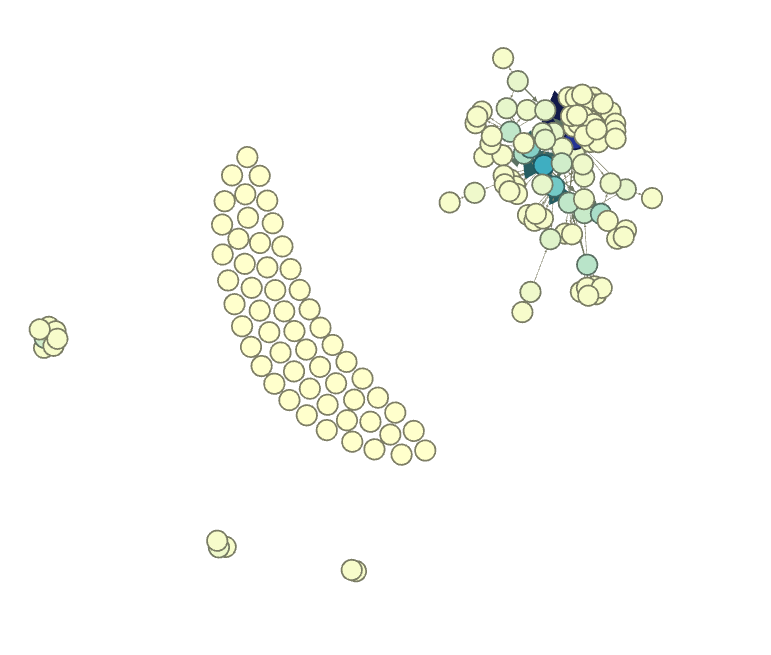Connecting the dots...thoughts about working in academia

[warning: lengthier post than usual] Before I left for December my mini vacation I had a holiday themed catch-up with a number of friends and colleagues on campus. With the semester winding down, and with the holidays as an excuse it was a good opportunity for people to get together and share some news about what had transpired over the past semester, share notes, best practices, and so on. One of my colleagues inquired how things are going in the office as far as admissions go. There seems to be some doom and gloom over falling admission on campus, but that's a topic for another day. Things are going well in my department (knock on wood), so much so that we are not able to admit all qualified applicants since we don't have enough people to teach for us. My colleague's solution (my colleague is a full time instructional designer, for what it's worth) was that we need to "change the model," instead of relying on tenure stream professors to teach our cou...






